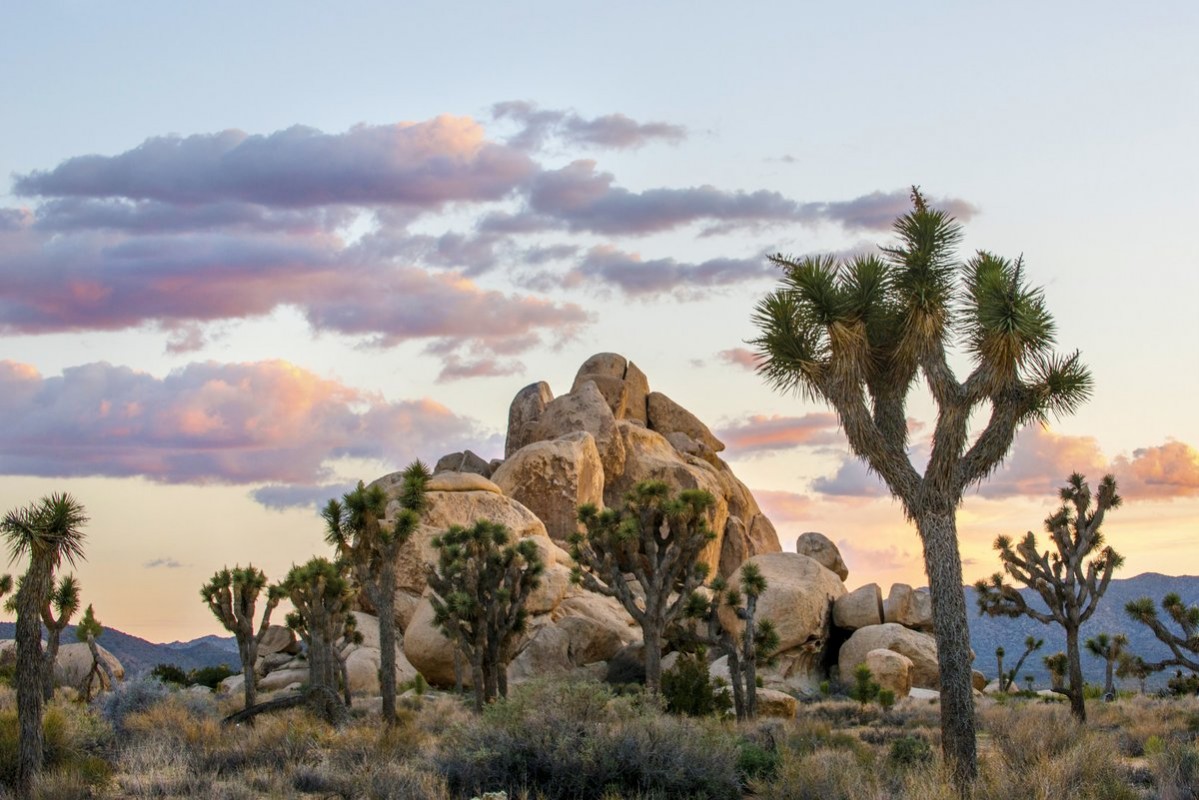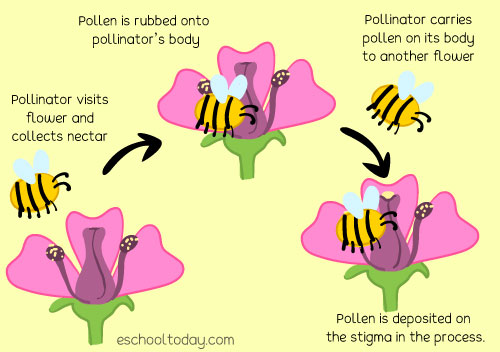 The U.S government shutdown is not only impacting the livelihood of nearly 800,000 people. Even trees are falling victim.
The U.S government shutdown is not only impacting the livelihood of nearly 800,000 people. Even trees are falling victim.
At the Joshua Tree National Park in Southern California, some visitors have been littering the park and destroying the iconic Joshua trees.
The Joshua tree is a unique and significant part of the ecosystems of the Mojave Desert, Sonoran Desert, and the San Bernardino Mountains. American Indians recognized the importance of the tree as its tough leaves can be worked into baskets and sandals and its flower buds and seeds are a healthy addition to the human diet.
Joshua Tree
 With their characteristic spindly branches and rough barks, Joshua trees stand out in the desert landscape. Their scientific name is Yucca brevifolia. It is hard to tell how old these trees are as they lack growth rings. The oldest Joshua tree of 1000 years towered 24 meters above the Earth.
With their characteristic spindly branches and rough barks, Joshua trees stand out in the desert landscape. Their scientific name is Yucca brevifolia. It is hard to tell how old these trees are as they lack growth rings. The oldest Joshua tree of 1000 years towered 24 meters above the Earth.
While the trees may look hardy, they are in fact quite fussy and need very specific environmental conditions to grow. The trees are pollinated by the yucca moth which lays its eggs in the flowers. Pollination is the transfer of pollen grains from the anther of a flower (male anatomy) to the stigma (female anatomy).
For the seed to germinate, it requires a series of well-timed rains. The sprout will grow quickly in the first five years of its life within the protection of the shrub. After that, its growth slows down to 0.5-3 inches per year. In order for a Joshua tree to flower and branch, it must experience a winter freeze. The lack of this winter freeze will result in trees that have straight stalks rather than bushy branches.
Preserving The Park
 As a result of the government shutdown beginning on December 22nd, Joshua Tree National Park has been left with a small “skeleton crew” of employees- just enough to protect human life and safeguard property.
As a result of the government shutdown beginning on December 22nd, Joshua Tree National Park has been left with a small “skeleton crew” of employees- just enough to protect human life and safeguard property.
During this time of scarce monitoring, some visitors have been cutting down Joshua Trees to create new roads across areas of virgin desert. Park authorities suspect that these violators are making new roads to more easily access one of the park’s most iconic trees, a deciduous hybrid live oak, in order to camp under it. The park has also had issues with graffiti and broken chains and locks to restricted areas.
Many birds, mammals, reptiles, and insects depend on the Joshua Tree for food and shelter. To prevent further damage, the park is now using recreation fees to clean up and bring in additional staff during the shutdown.
The Joshua Tree National Park is not the only park experiencing the consequences of the shutdown. Over 21,000 national park service employees have been furloughed (asked to take a leave of absence) during the shutdown, leaving many parks short-handed and vulnerable.
Sources: NYTimes, NPS, Fed.us







